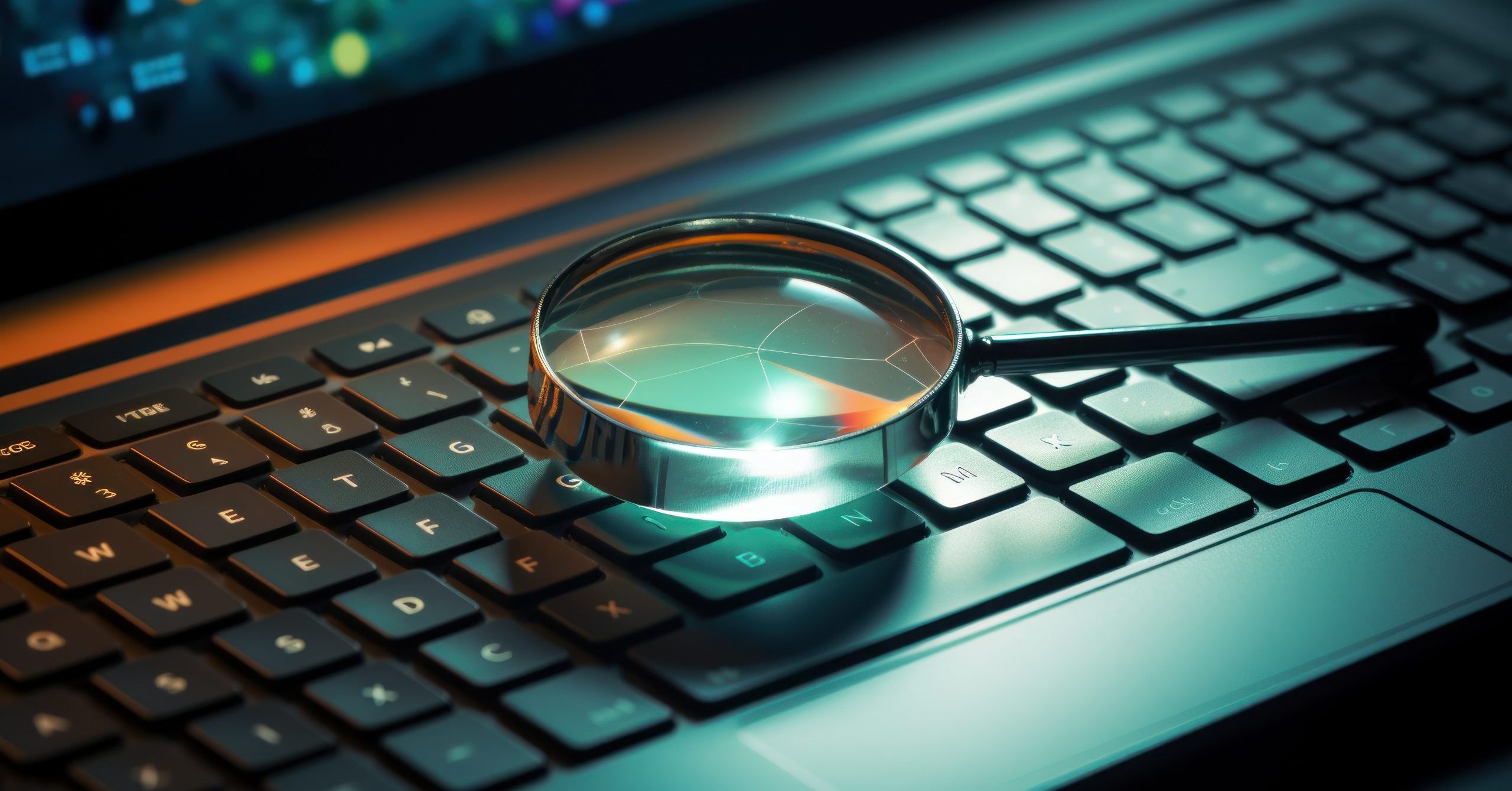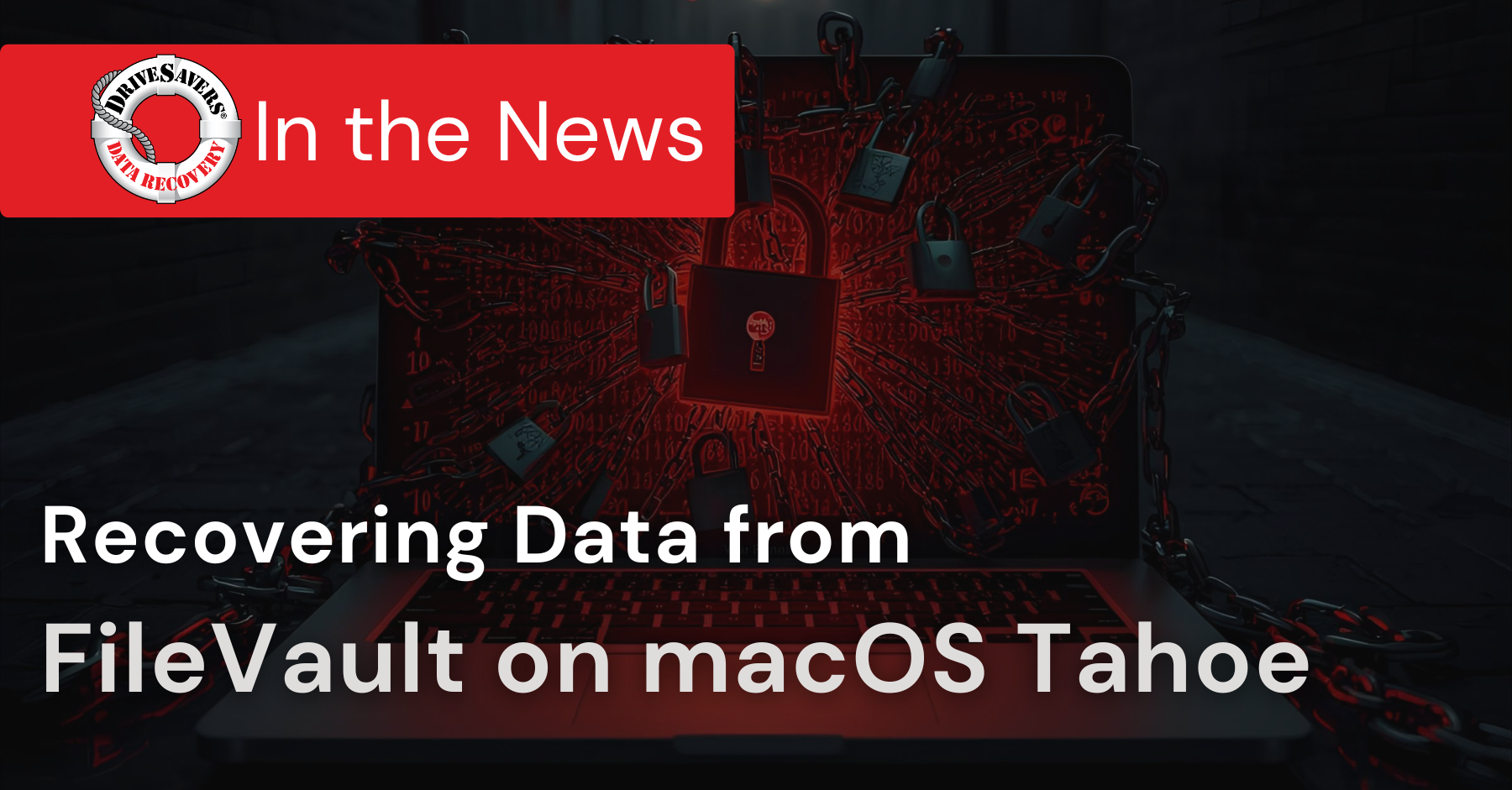In this article, we’ll break down what NIST 800-88 actually requires, why storage media of all types can defy expectations, and how verification services close the gap between intention and assurance.
eDiscovery: A Look Back at 2016 and Forward to 2017

By Bob Mehr, Sr. Legal Services Advisor
Looking Back: 2016
A number of Federal Rules of Civil Procedure (FRCP) amendments went into effect in 2015, a couple of which, FRCP Rules 26(b) and 37(e) brought more significant change in the realm of discovery than has been seen in decades. These changes notably affected eDiscovery for civil litigation throughout 2016. Courts and lawyers will continue to adjust to the changes in the new year and years to come.
Rule 26(b): Scope of Discovery and Proportionality
The revised Rule 26 requires that eDiscovery of electronically stored information (ESI) be both relevant to a party’s claim or defense and proportional to the needs of the case, following these factors:
- The importance of the issues at stake in the action
- The amount in controversy
- The parties’ relative access to relevant information
- The parties’ resources
- The importance of the discovery in resolving the issues
- Whether the burden or expense of the proposed discovery outweighs its likely benefit
The most significant change was in the language of Rule 26(b)(1), where the wording “reasonably calculated to lead to the discovery of admissible evidence” was eliminated. Discovery requests must now be specifically relevant to the case and cannot broadly require ESI from every possible source in hopes of finding relevant data. In theory, no more fishing expeditions.
Rule 37(e): Spoliation Sanctions
In the past, the rule provided minimum specification for what degree of sanctions would be applied to a party who was unable to provide requested ESI. As a result, penalties ranged widely from judge to judge and case to case.
The updated Rule 37(e) restricts the application of sanctions only to those instances where prejudice results from the loss of relevant ESI. In addition, Rule 37(e) now distinguishes data lost through negligence from that which is intentionally destroyed, and it identifies specific sanctions for intentional versus unintentional loss of electronic evidence.
If data lost is not relevant or there was no pending or reasonably foreseeable litigation, then no sanctions may be issued. On the other end of the spectrum, the most costly sanctions can only be issued in circumstances where electronic evidence was intentionally lost or destroyed.
Determination of spoliation and resulting sanctions may be influenced by the following:
- Importance of missing data to the case and prejudice to the other party
- What caused the data to be missing; was it intentionally destroyed
- What precautions were taken in an attempt to protect the data prior to its loss
- What attempts were made to recover the missing data
Sanctions for spoliation may include:
- Fines: Monetary payment of attorney fees and other expenses to be paid by the party responsible for the lost or missing data
- Adverse Inference: In the absence of data for evidence, it is assumed that the missing data, if present, would have worked against the offending party
- Strike the Complaint/Answer: The judge can negate an entire case and enter a judgement against the party who commits spoliation.
Looking Forward: 2017
Expanded Impact
The 2015 FRCP amendments reflected some of the unique problems that arose due to the volume of data available and the expense of data preservation, collection, processing and production. The year 2016 was just a preview of how the courts and lawyers are adjusting to change.
At least at the federal level, lawyers are being required to change longstanding practices. In order to comply to the new rules, lawyers need to spend more time drafting discovery requests to be more narrowly related to the issues of each case. Due to the changes in the FRCP, particularly Rule 26(b)(1), we can anticipate significant disputes over what is discoverable in 2017.
Will 2017 see State Court follow and amend their rules to follow the Federal Rule changes? Since most large eDiscovery disputes have so far arisen in Federal Court, there is not a large volume of reported and citable State Court cases. Due to the similarity of state and federal discovery law, federal decisions have historically been considered persuasive absent contrary state decisions. This may no longer be the case.
We anticipate that eliminating the “reasonably calculated to lead to the discovery of admissible evidence” language from state discovery rules will be a change that states must seriously consider. As recognized by the California State Bar Ethics Committee, “not every litigated case involves e-discovery. Yet, in today’s technological world, almost every litigation matter potentially does. The chances are significant that a party or a witness has used email or other electronic communication, stores information digitally and/or has other forms of ESI related to the dispute.”
For example:
Internet of Things
More and more aspects of our daily lives are being monitored, tracked and recorded by electronic devices. Fitness trackers, smartwatches, thermostats, video doorbells, children’s toys, air quality monitors and just about anything else you can imagine are now being used to automate, secure and entertain.
We have already seen fitness trackers used in workplace injury cases and wifi-enabled children’s toys in child custody cases. ESI from these various data recording systems has unlimited potential as electronic evidence in both civil and criminal cases. Most recently, an Amazon Echo device is embroiled in the investigation of a murder in Arkansas.
Upcoming Federal Rule of Evidence (FRE) Amendment in 2017
Since the 2015 changes to the FRCP, the Rules Committee has turned its focus on the admissibility of ESI.
The current Rule 902 recognizes a variety of documents as self-authenticating. These include public records and other government documents, notarized documents, newspapers, periodicals and records kept in the ordinary course of business. Self-authenticating documents do not require extrinsic evidence of authenticity in order to be admitted. A proposed subpart (14) would require a more stringent pathway for ESI to be self-authenticated. In short, this amendment will require that electronic evidence is offered with written certification by a qualified person, such as an eDiscovery or digital forensic expert.
Beyond 2017
The pace of change in technology is moving at lightning speed. Seemingly overnight, we went from having a computer in every home, to having a computer in every back pocket, to home automation reminiscent of science fiction stories. As technology advances, the law and ESI tools need to continue to adapt. What about self driving cars? What about artificial intelligence?
Looking forward at 2017 is only a small snapshot of changes to come. Hopefully, the legal world can keep up. “In the field of opportunity, it’s plowin’ time again” (Neil Young).





